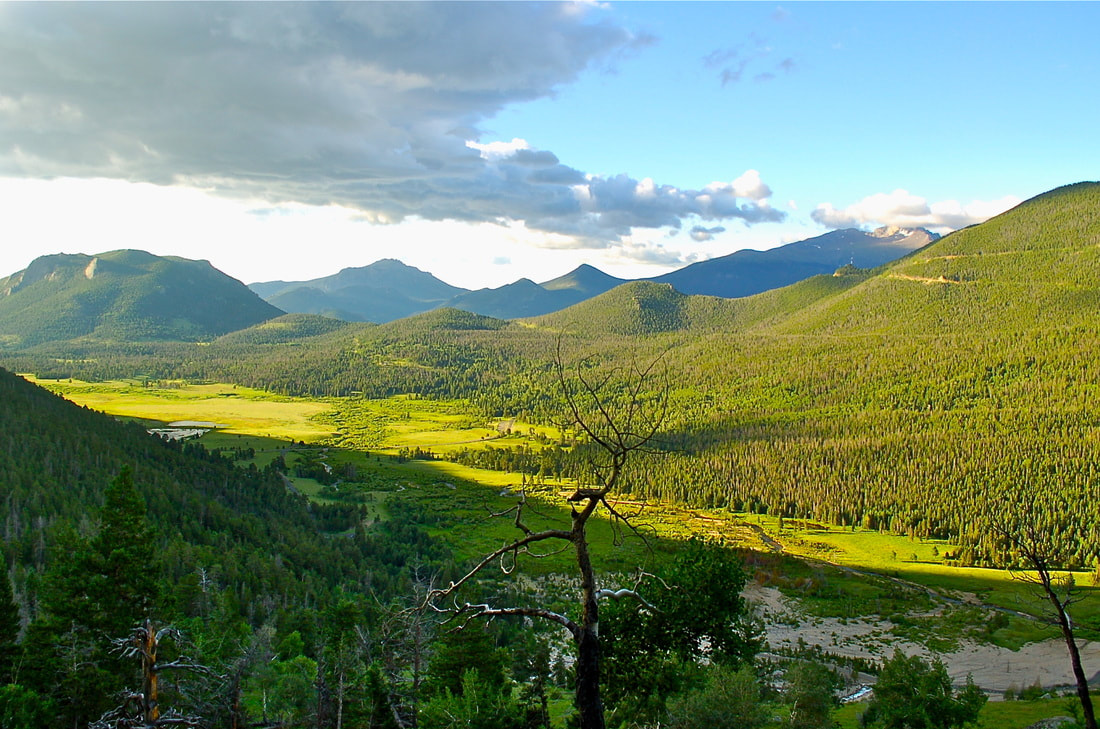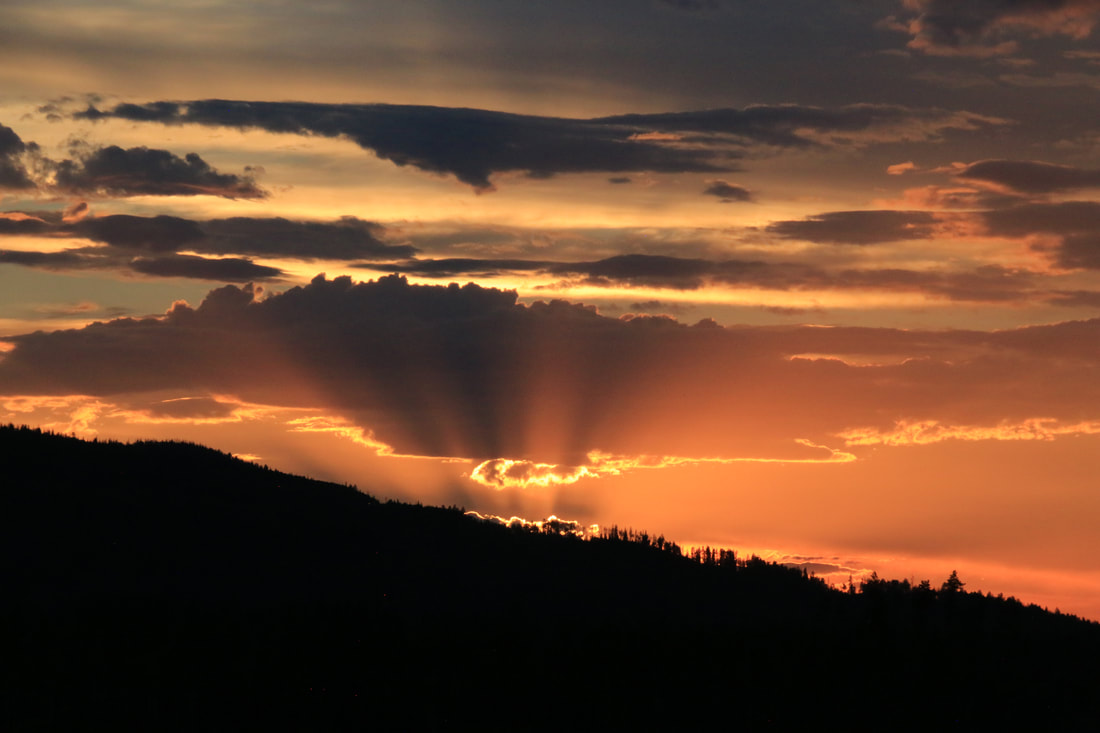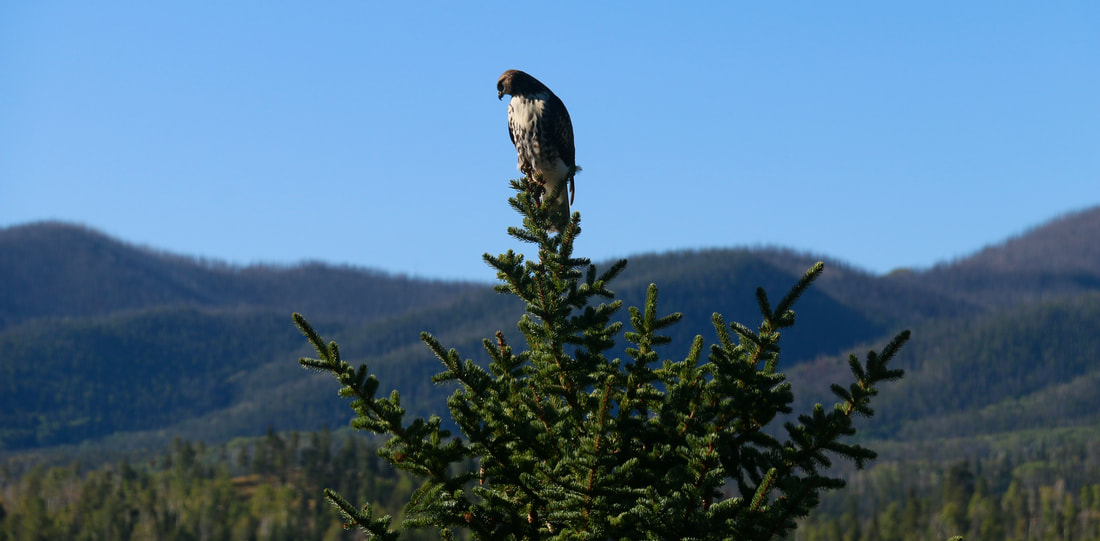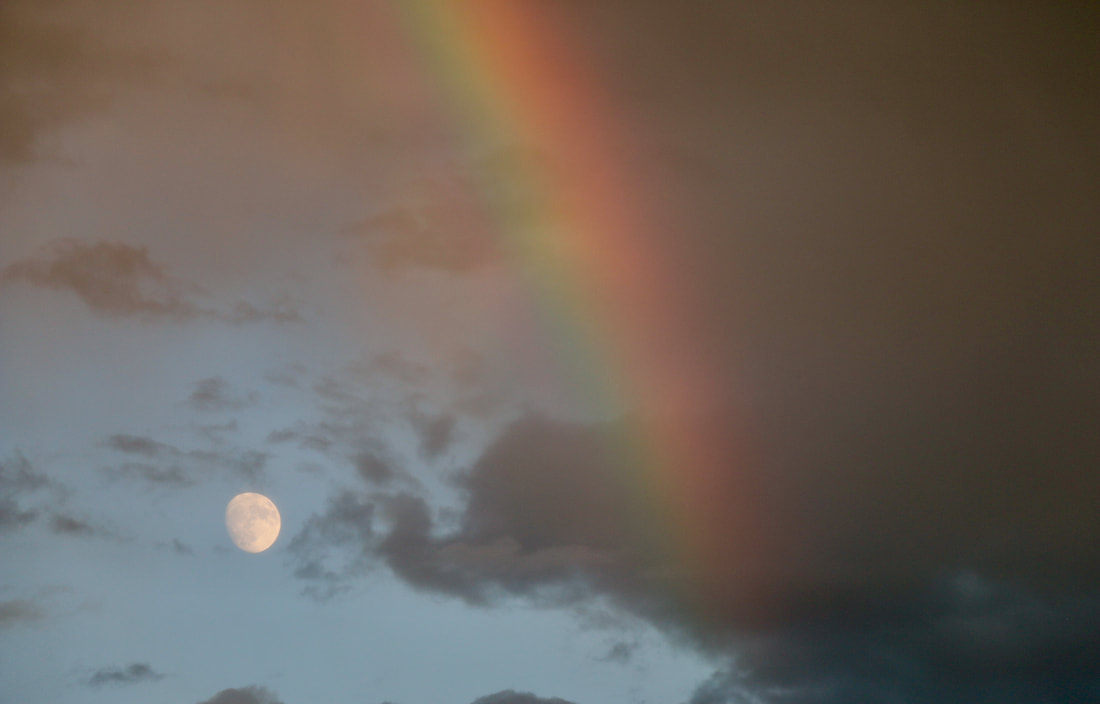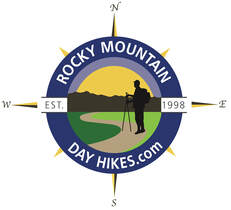|
Notes from the
Trail |
|
by Murray Selleck Summer Solstice: Thursday, June 20, 2024 at 2:50 pm Mountain Time. Sunrise 5:32 am. Sunset 8:31pm (depending on where you are in Colorado) Nearly 15 hours of daylight. I’m not sure where I read the idea of celebrating the summer solstice by sitting quietly, watching, and listening to this day transition from overnight dark skies to morning light. However, once I took the idea to heart I plan my Summer Solstice to do just that… to bear witness to the day’s beginning sunrise and its slow return to darkness at sunset. Certainly I could do this “ritual” any day of the year and I know it to be a good thing. It is a way to acknowledge our Earth and all its creatures and recognize our true place within the most relevant world wide web. I am one of the lucky ones. My wife and I live in a fairly remote valley with little development other than several large ranches and national forest surrounding our tiny holding. We are the outliers when it comes to acreage. No matter, it’s quiet and peaceful. And we enjoy a dark sky at night with little to no light pollution with the Milky Way spanning the night sky from horizon to horizon. We watch the constellations trace the seasons across this increasingly rare dark sky. Spring is slow to reach us. On our trips to town we watch as lower elevation aspen and cottonwood trees leaf out and we admire the new spring green these trees display only to know the aspen trees near us will barely show a hint of green for several more weeks. Snow lingers in deep drifts well into June up along the ridge lines of our valley. Summer is equally tardy to arrive as we anticipate its warmth after months of short and cold winter days. The Summer Solstice is not something we care to casually dismiss as another day on the calendar. So every June 20th or 21st we wake up and go outside while the sky is dark and there is barely a hint of visible horizon. We brew up some coffee, fill a thermos, put on a few extra layers of warm clothing, and settle into our homemade chairs in our patio rock garden to watch and listen as the day wakes up around us. The subtleness of light and sound are a wonder. The sound of the main creek running through our valley is always the first dominating sound we hear. The sound of flowing water is comforting knowing that drought can easily arrive in a matter of days at anytime. Robins are the first to add their voices to this current of sound. Stellar jays are quick to follow with their bird song version of a rusty gate hinge opening. You can’t hold a grudge against a bird for who they are or what they sound like but we are grateful when the jays move along. Woodpeckers take up the beat of the day by drumming their concussion resistant heads against our nearby forest trees. It’s easy to hear the different densities of the trees they hammer on with the pitch of their staccato rhythm. Not to be drummed out come the honks of a pair of Canada geese as they compare the virtues of the several ponds they can choose to float on. But my favorite soon follows with the jurassic sound of sandhill cranes. Even from a distance their prehistoric sound carries loud enough to make you think they are nearby standing on their stick thin legs or flying leisurely on the flaps of long slow motion wings. Our morning dark sky and few lingering stars fade to a dull sky the color of mourning doves. The sky’s deep blue color will appear as a whisper until we recognize its sudden appearance. Morning clouds catch the first hint of sunrise color and high along the ridge line across the valley sunlight hits the very top limbs of the spruce and pine forest. Sunshine arrives and the contours of the valley’s hills and dales define themselves in shadows where side creeks and springs carve their downhill watery courses. Time is slowly acknowledged as the sun continues to rise and its distinct line of light descends down the ridge towards the valley bottom. With the slow warming of the morning there is a subtle shift as the flow of air changes from humid cold air descending down a nearby creek from the north to a surprising puff of warm dry air briefly passing us arriving from the south. The change of air direction is felt on our exposed skin as lightly as the lift of bird wings moving air underneath its own flight. The first ruby throated hummingbirds buzz by at such speed we can only recognize the sound as our eyes try to keep up with their speed of flight. I do get up and bring out the sugar water feeders for them since they are so demanding. Hummingbird feeders are not kept out overnight so as to not attract black bears to our home. The day brightens. Temperatures warm. Hawks take flight. A ranch truck or two head down towards town. There is too much to do to continue this solstice awakening and the get-it-done list is always too long to be neglected. Life can get in the way of these special moments if we let it and so we find ourselves guilty of this very thing and get up and begin our work day. However, towards the end of the day as the sun sets in the west our pause in life’s daily responsibilities will again stop as we settle back into our patio garden chairs to watch and listen. The colors of the sunset becomes lowlight alpenglow and this shadowless light slowly fades into darkness. The sounds of the day become quieter. Deer slowly climb the hill to our east. A few elk dash for cover across the meadow to our south. A fox slowly one steps it nearby as she pauses and listens for any tell-tale burrowing underground. Coyotes sing-song and yip their excitement for the day’s end. Slowly, almost one by one, until there are too many to count, stars appear above and this longest day of light comes to a close. The named constellations take form and begin to trace the short summer season towards autumn and the cold and dark days of winter to come. So we give our thanks to a Summer Solstice day and remind ourselves to remember that every day is special and unique and worthy of our acknowledgement, our witness, and gratitude, if only for a moment…
0 Comments
Leave a Reply. |
"The wild requires that we learn the terrain, nod to all the plants and animals and birds, ford the streams and cross the ridges, and tell a good story when we get back home." ~ Gary Snyder
Categories
All
“Hiking -I don’t like either the word or the thing. People ought to saunter in the mountains - not hike! Do you know the origin of the word ‘saunter?’ It’s a beautiful word. Away back in the Middle Ages people used to go on pilgrimages to the Holy Land, and when people in the villages through which they passed asked where they were going, they would reply, A la sainte terre,’ ‘To the Holy Land.’ And so they became known as sainte-terre-ers or saunterers. Now these mountains are our Holy Land, and we ought to saunter through them reverently, not ‘hike’ through them.” ~ John Muir |
© Copyright 2025 Barefoot Publications, All Rights Reserved

